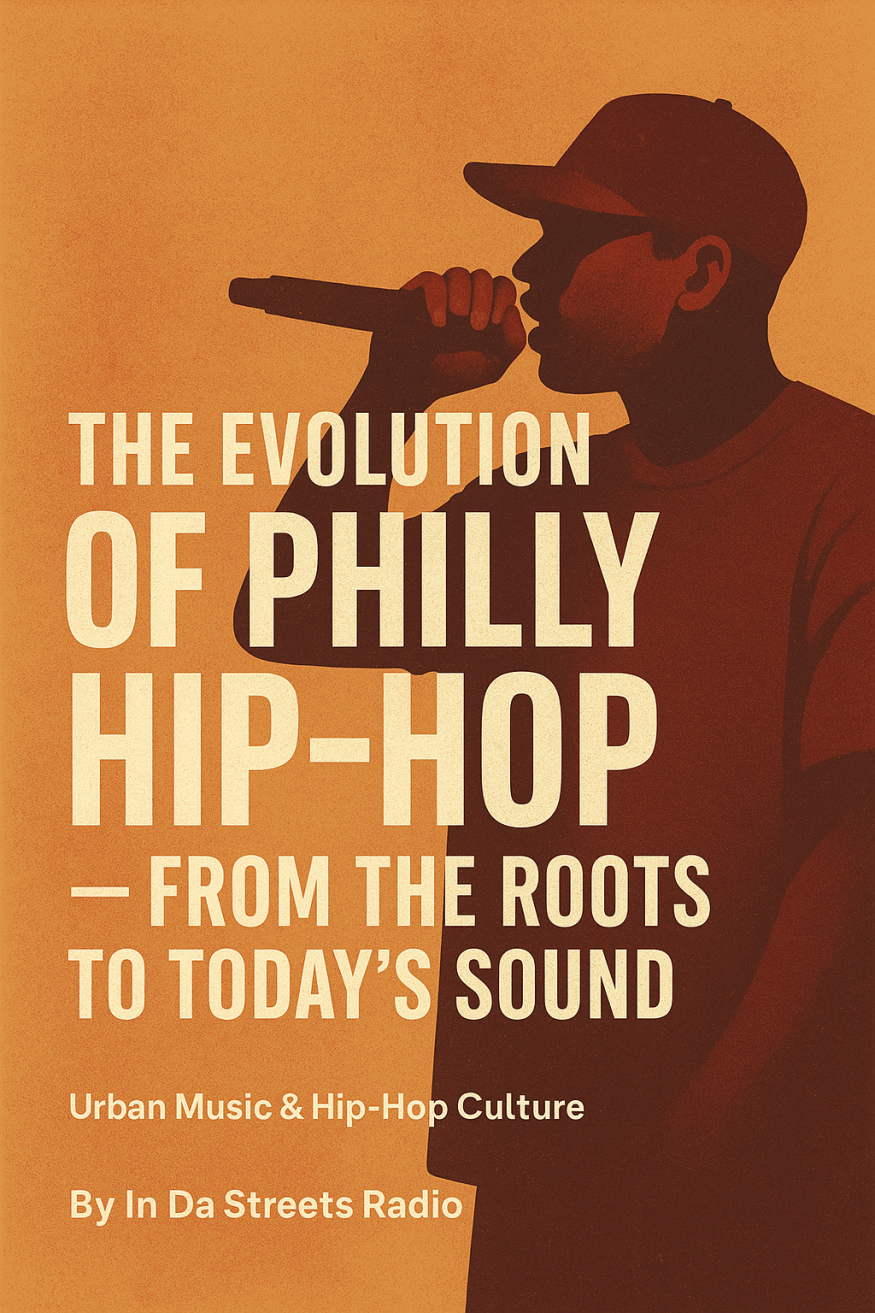
August 06, 2025 - 596 views
Category: Urban Music & Hip-Hop Culture
By In Da Streets Radio
Philadelphia’s contribution to hip-hop is deeper than many realize. It’s not just about the
bars — it’s about the grit, the soul, and the authenticity that runs through every beat and
verse.
From live instrumentation to punchline-heavy battle rap to melodic street anthems,
Philly has continuously reshaped its sound while staying true to its roots.
Let’s take a look at the evolution of Philly hip-hop — where it came from, how it’s
changed, and where it’s going.
—
The Foundation: Lyricism & Live Performance
In the 1990s, Philadelphia stood out for two things: lyrical precision and live
musicianship.
Acts like The Roots brought a new dimension to hip-hop with live drums, basslines, and
jazzy instrumentation — proving that hip-hop could be both soulful and scholarly.
Meanwhile, artists like Bahamadia and Schoolly D paved lanes with raw lyricism and
street realism.
Will Smith (as The Fresh Prince) gave Philly its first taste of mainstream success, but it
was The Roots who grounded the city’s respect in authenticity.
Notable 90s-era traits:
Conscious rhymes with punchline sharpness
Jazz-infused, organic production
Deep ties to Philly soul and spoken word
—
The Battle Era: Hunger, Hood, and Hard Bars
In the early 2000s, Philadelphia birthed a wave of artists shaped by the underground
battle scene — rap DVDs, corner cyphers, and gritty mixtapes.
This era introduced artists like:
Cassidy, known for slick wordplay and battle victories
Reed Dollaz, a battle pioneer in the DVD scene
Meek Mill, who built his name off freestyles, flame beats, and street authenticity
Quilly, Joey Jihad, and NH, who helped define the street DVD culture
The sound was aggressive, the flows were fast, and the message was clear: Philly
rappers were hungry, and they weren’t here for industry games.
Core elements of the era:
Street anthems over hard, chopped-up soul beats
Aggressive delivery with an emphasis on punchlines
Freestyle culture, both on the block and on airwaves
—
The Meek Mill Era: Mainstream Respect Without Compromise
When Meek Mill signed with Maybach Music Group in 2011, he carried Philly’s flame
into national conversation — without diluting his sound.
Dreams and Nightmares wasn’t just a debut album — it became a generational anthem.
His success opened the doors for other Philly artists to dream beyond their zip code
while staying rooted in their environment.
The MMG years helped highlight:
The blend of motivational hustle rap with street storytelling
A sound that bridges Southern trap with Northeastern aggression
Philly’s adaptability in a changing rap landscape
—
The New Wave: Diversity, Melody & Independence
Today’s Philly hip-hop scene is more diverse than ever.
You’ll find melodic trappers, conscious spitters, genre-blenders, and drill-influenced
artists — all carrying pieces of the past while pushing the culture forward.
Artists to watch from the modern wave include:
Kur, with his pain-infused lyrics and consistent drops
Armani White, whose viral hits balance humor and craftsmanship
Tierra Whack, who embodies pure artistry and abstract vision
OT7 Quanny, Leaf Ward, and Drama B2R, representing the street side of the
new era
Trends in today’s Philly sound:
Emotionally raw storytelling over melodic beats
DIY visuals and independent rollouts
Internet-savvy branding combined with street credibility
—
The Future of Philly Hip-Hop
Philly artists are now moving with both hustle and strategy — shooting their own videos,
building digital brands, and creating cross-genre collaborations. The hunger never left. It
just evolved.Platforms like In Da Streets Radio aim to spotlight that evolution by giving voice to rising
Philly talent while honoring the foundation that made the city a powerhouse in hip-hop
culture.
If history has taught us anything, it’s this: never sleep on Philadelphia.
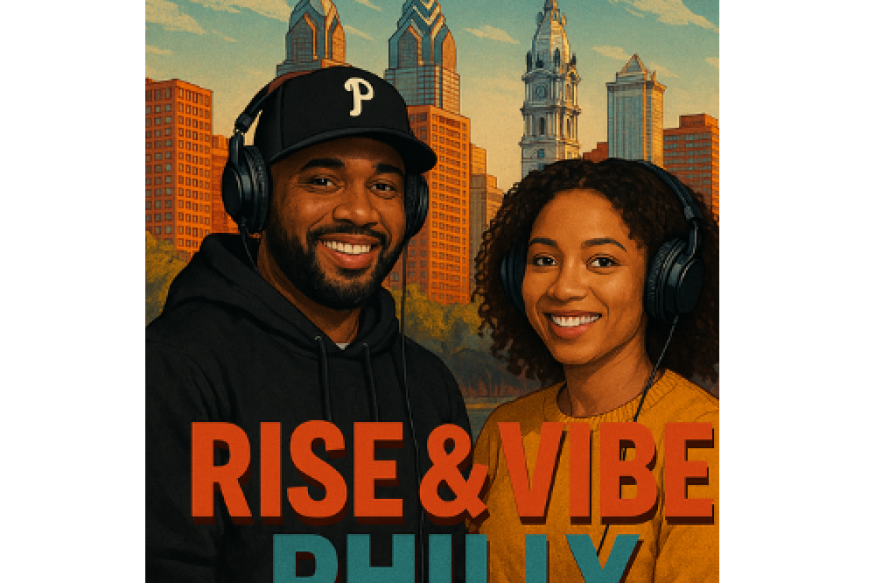
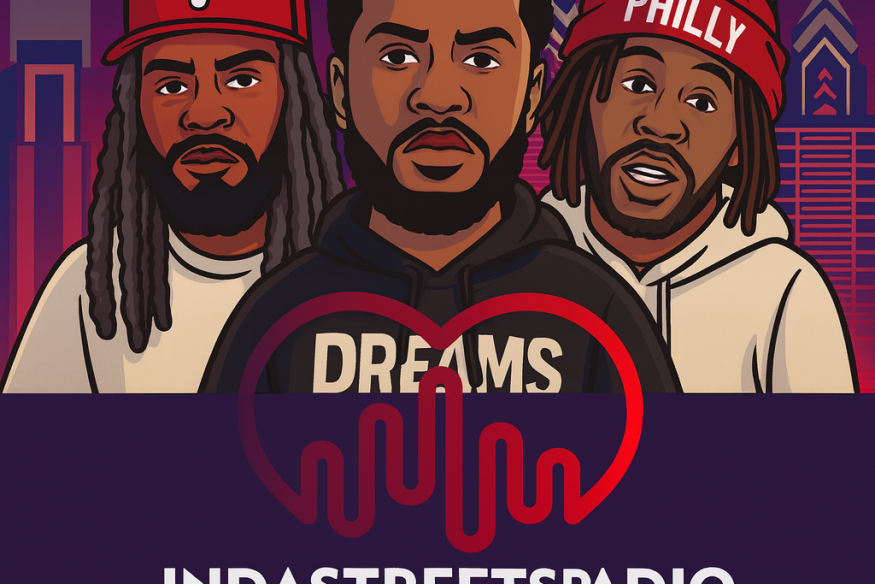
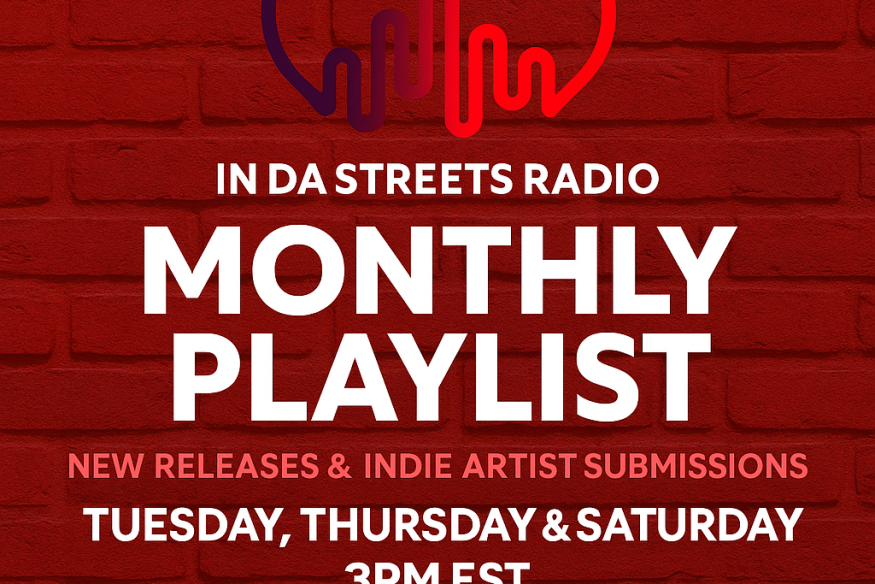




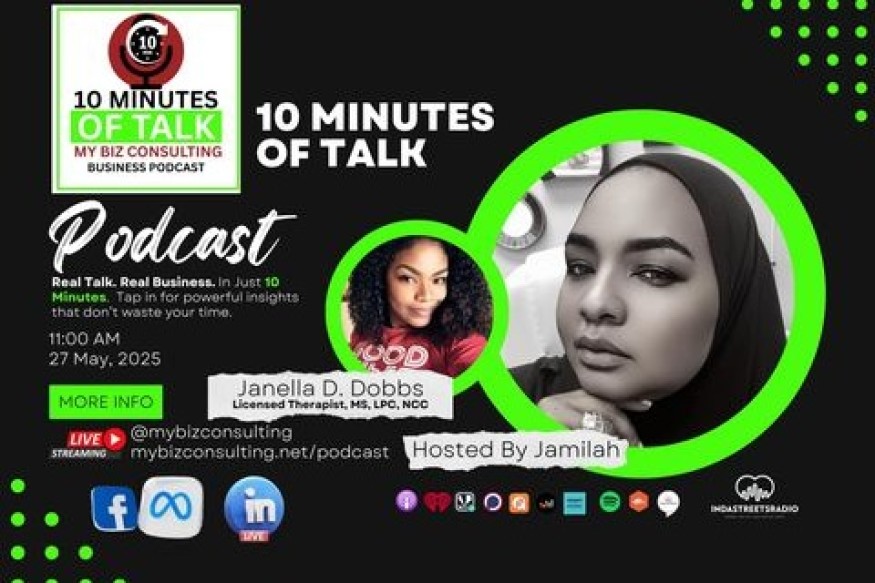

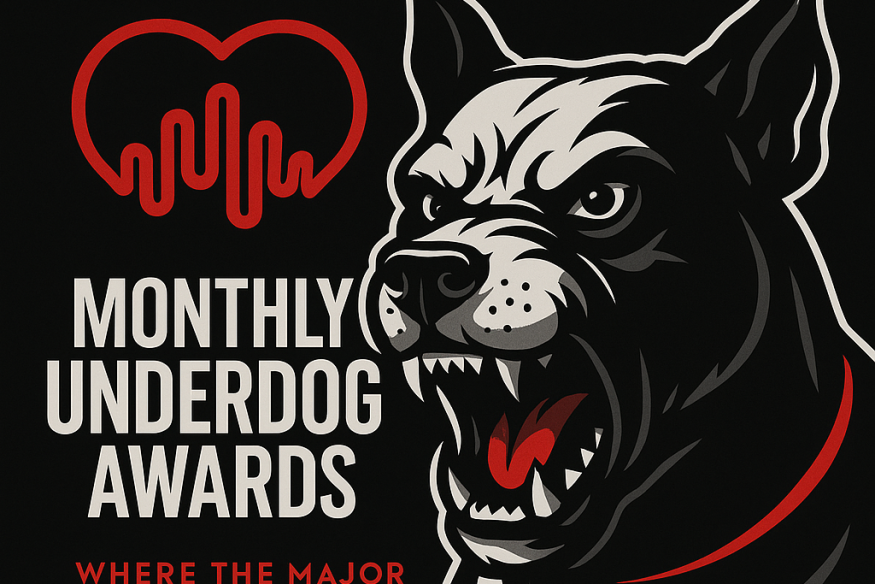
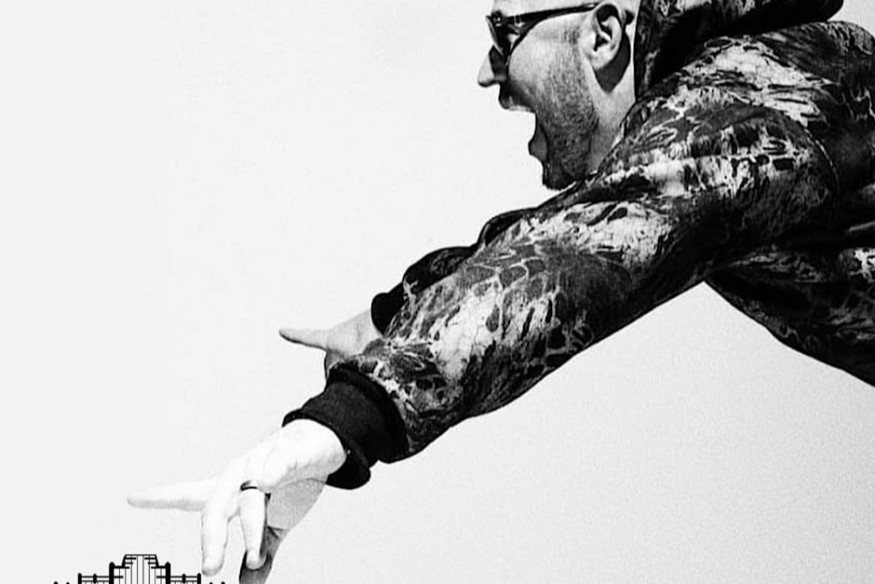
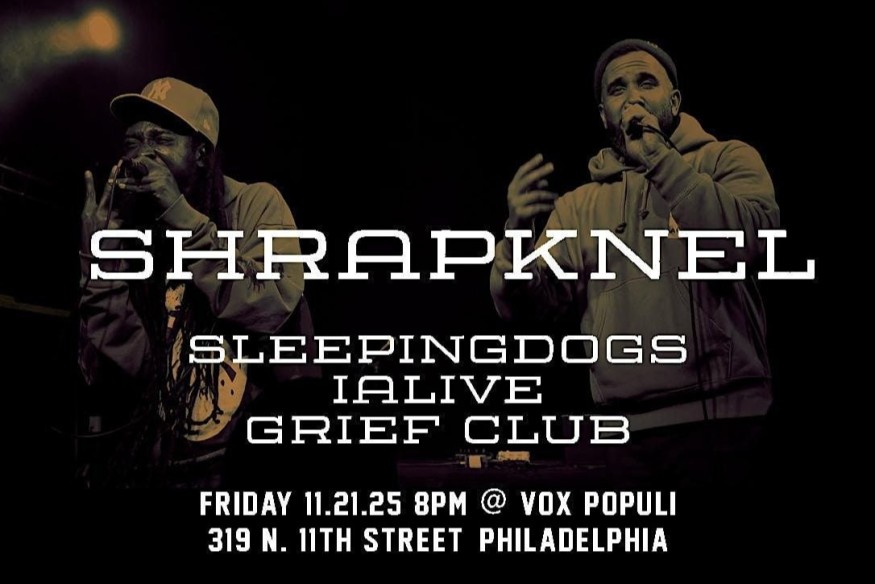
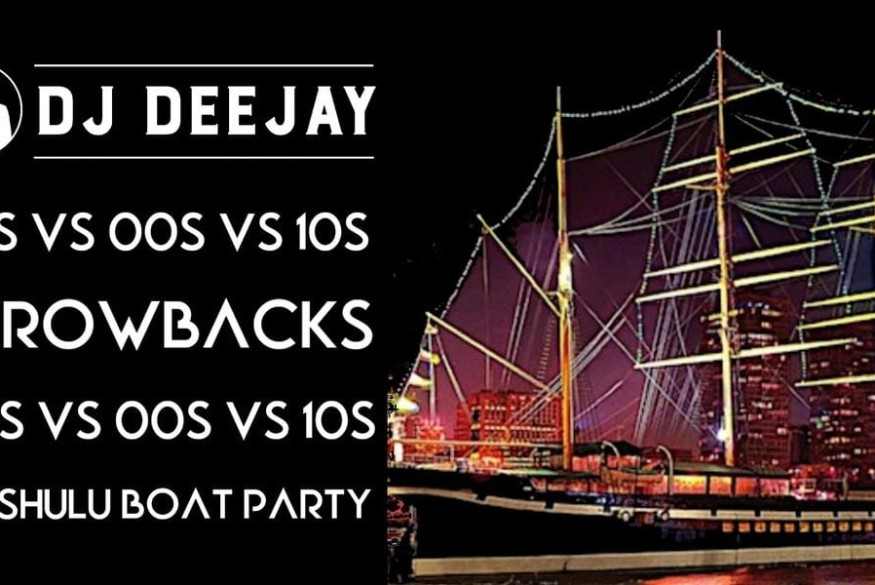

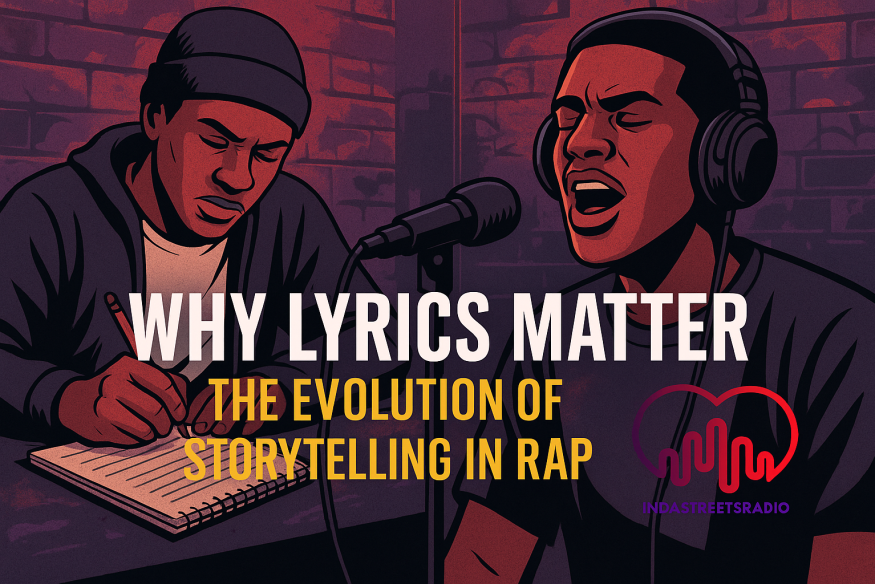

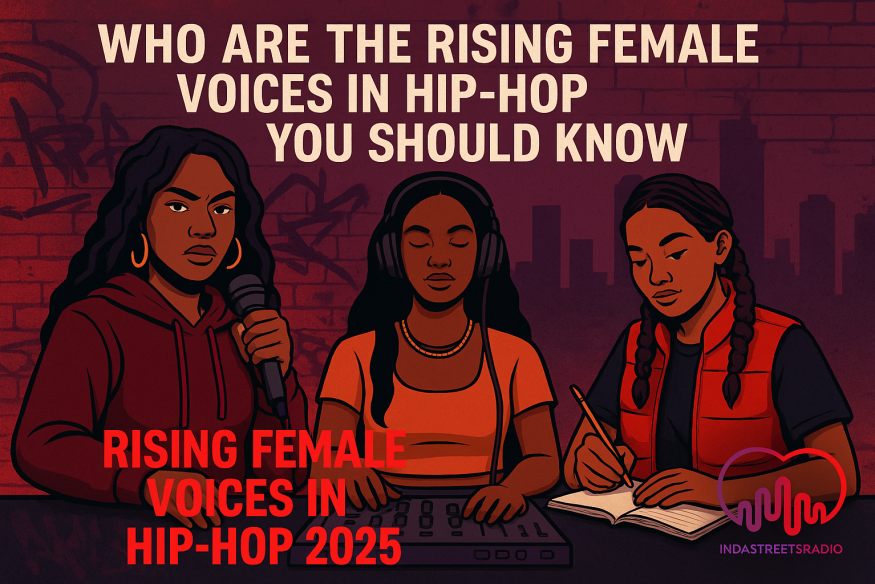

















Comments(0)